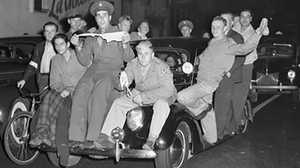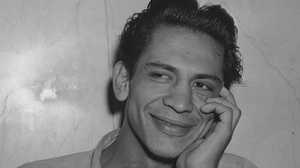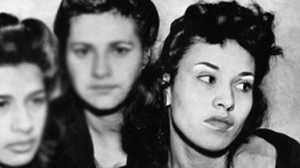Alice McGrath (1917- 2009)
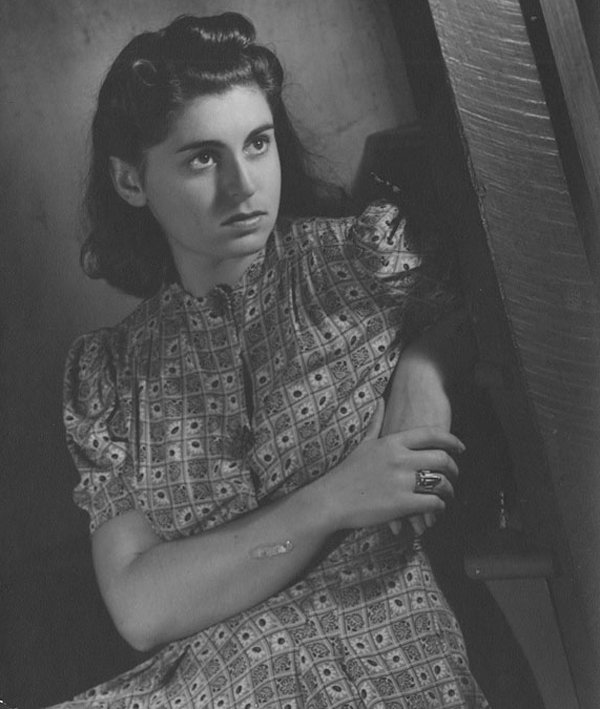
It's a very hard thing to say to somebody who's just been convicted and sentenced on the charge of murder, to say to them, "do you know this trial wasn't about you, this trial was about racism."
I came to the [Sleepy Lagoon Defense] Committee having no recognizable or apparent skills for doing anything except running the mimeograph machine, stuffing envelopes... But I dealt myself in.
I just wanted to be part of this. By the time I finished working with the Sleepy Lagoon case, I was ready to take on anything. — Alice McGrath
Alice McGrath was born to Russian Jewish immigrants in Calgary, Canada. Her family moved to Los Angeles in 1922, seeking a warmer climate. Alice went to both junior high and high school in Los Angeles, and soon after graduation, she became involved in progressive issues. What McGrath lacked in experience, she made up for in drive and passion. While she grew up in mostly segregated, white neighborhoods, she had a keen regard for the underdog and felt deeply about the indignities and injustices the minority groups of the city suffered.
It was a propitious moment when McGrath volunteered for the Congress of Industrial Organizations (C.I.O.) in the late 1930s. There she met a well-known labor lawyer, George Shibley, who appreciated her dedication. He remembered her when in 1942 he became associated with the controversial People v. Zammora case, in which 22 mostly Mexican American youths were being tried for the murder of José Díaz. Though McGrath was hospitalized at the very start of the trial, with a case of pleurisy, Shibley did contact her once she was well. Her association with the trial was initially modest, summarizing the day's testimonies, but it gave her the chance to become involved with the largest mass trial in California history.
McGrath remembers the injustices and biases that permeated the courtroom's atmosphere. To her, the presiding judge, Charles Fricke, was contemptuous of the boys on trial as well as their defense lawyers. George Shibley was the target of most of Fricke's ire, often induced by Shibley's numerous objections. The mood extended beyond the courtroom's walls as well. "If people were reading the commercial press," McGrath stated, "they were getting a picture of a group of gangsters, killers... a very sensationalized picture of the defendants on trial for something they deserved to be punished for."
McGrath's most rewarding role in the case, however, would be her association with the Sleepy Lagoon Defense Committee. In January of 1943, after a 13-week trial, 17 boys were convicted and 12 were given severe sentences at San Quentin. When McGrath met them, they were already behind bars. At the time People v. Zammora went to trial, labor activist LaRue McCormick had formed an ad hoc committee, called the Citizens' Committee for the Defense of Mexican American Youth (C.C.D.M.A.Y.), that included many influential and prominent people as its members. Among them was Carey McWilliams, who eventually became the national chairman when the C.C.D.M.A.Y. reorganized into the Sleepy Lagoon Defense Committee (S.L.D.C.). The Committee's goals were to publicize the case and to fund a legal appeal for the boys in prison. The Committee quickly grew as people from the film industry, educational fields, Congress, and labor unions joined its ranks. In addition, the S.L.D.C. had significant support from African Americans, Jews, and Communists as well as the various presses that spoke to these communities. Numerous fundraisers were hosted and attended by celebrities including Orson Welles, Rita Hayworth, Nat King Cole, and Anthony Quinn.
McGrath eventually became the executive secretary of the Sleepy Lagoon Defense Committee. She functioned on a more personal level with the 38th Street boys. She visited "her boys" every six weeks at San Quentin. She would tell them about the Committee's progress, distribute its news bulletin, and tried to boost their morale. While she remembers a range of responses to her visits, from suspicion to appreciation, she quickly realized that she had become the lifeline between them and all efforts on the outside to have them released. With many of them, she forged lasting friendships and with Hank Leyvas, the group's perceived "ringleader," an innocent infatuation.
Ben Margolis Jr., a progressive lawyer, led the legal appeal. The S.L.D.C. had raised enough money in early 1944 that the appeal was sent to the Second District Court of Appeals. In October, Judge Clement Nye overturned the verdicts of the case, citing insufficient evidence, the denial of the boys' right to counsel, and the overt bias of Judge Fricke in the courtroom. McGrath was the first to notify the boys of the appeal's success. She did so via a Western Union telegram, addressed to Hank Leyvas at San Quentin, to notify all the boys of their release. The S.L.D.C. disbanded soon after the boys left prison.
Her work with the Committee, however, was only the springboard from which McGrath would gain the confidence and the skills to go on to other progressive work. For over 55 years, McGrath remained involved in a number of social, legal, and economic justice activities. And through all those decades, she remained a friend of the Leyvas family.
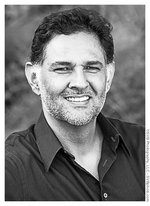
Dr. Eduardo Obregón Pagán is the Bob Stump Endowed Professor of History at Arizona State University, and Associate Dean of Barrett, The Honors College. He is the author of Murder at the Sleepy Lagoon: Zoot Suits, Race, and Riot in Wartime L.A. (University of North Carolina Press, 2004), and Valley of the Guns: The Pleasant Valley War and the Trauma of Violence (University of Oklahoma Press, 2018). He was a co-host on the popular PBS series History Detectives, and is an adjunct curator of history at the Desert Caballeros Western Museum.




